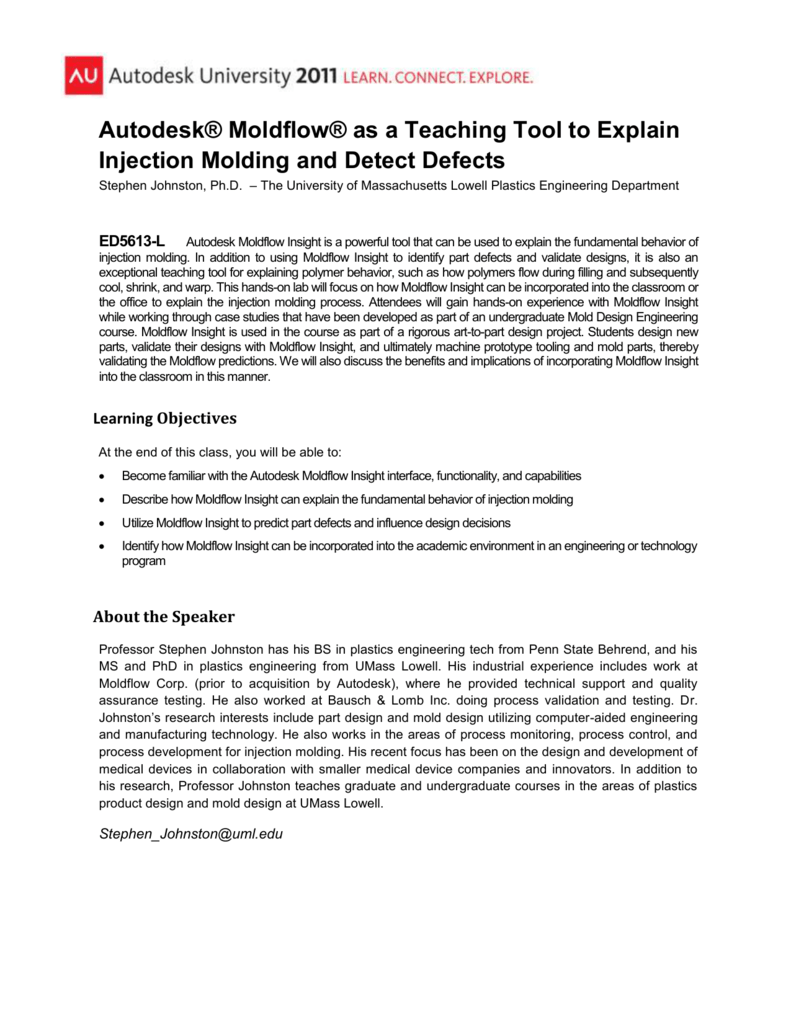

The computations are found to be in good agreement with the experimental results, indicating that reliable information on material viscosity and curing kinetics can play a key role in making well-founded predictions and avoiding trial and error methods. A differential scanning calorimeter (DSC) and a capillary rheometer are employed to characterize the rubber material in order to achieve an appropriate curing reaction and viscosity models, respectively. To get an accurate representation of the process, the rheological behavior, thermal properties, and kinetic behavior during curing of the real rubber compound were described by mathematical models. In particular, the stages of mold filling dynamics and material curing are analyzed and the results verified with experimental tests. This paper reports and discusses for the first time the results of a 3D finite element simulation of reactive injection compression molding (RICM) by commercial software for the production of rubber diaphragms. However, for being competitive a minimal market time is a very important requirement and computer simulations can help to optimize the process at the only expense of computational time. A stable and controlled manufacturing process is needed to guarantee reliability of complex products, and usually process optimization is achieved by experimental and time consuming approaches. This process is useful for the injection molding of precision parts.

Laptops, home PCs, tablets, and smart phones can be used to access to any tool or application available in an on-campus lab.Injection compression molding is an injection molding process with the addition of a compression stage after the injection. UMass Lowell’s vLabs allows students, faculty, and staff to access the University's software anytime from anywhere, including residence halls, libraries, and home. Moldex3D – for injection molding and compression molding.Autodesk Moldflow – for injection molding.Department-specific simulation (CAE) packages for plastics engineering applications are:.ASTM Standards – primary testing standards for plastics materialsĪ full listing is available on the IT website.Ansys Workbench and Polyflow – which are used for structural, thermal, CFD, and polymer processing analysis.Students and researchers in the Department of Plastics Engineering use a range of computer aided design (CAD) software, computer aided engineering (CAE) software, and related packages.


 0 kommentar(er)
0 kommentar(er)
